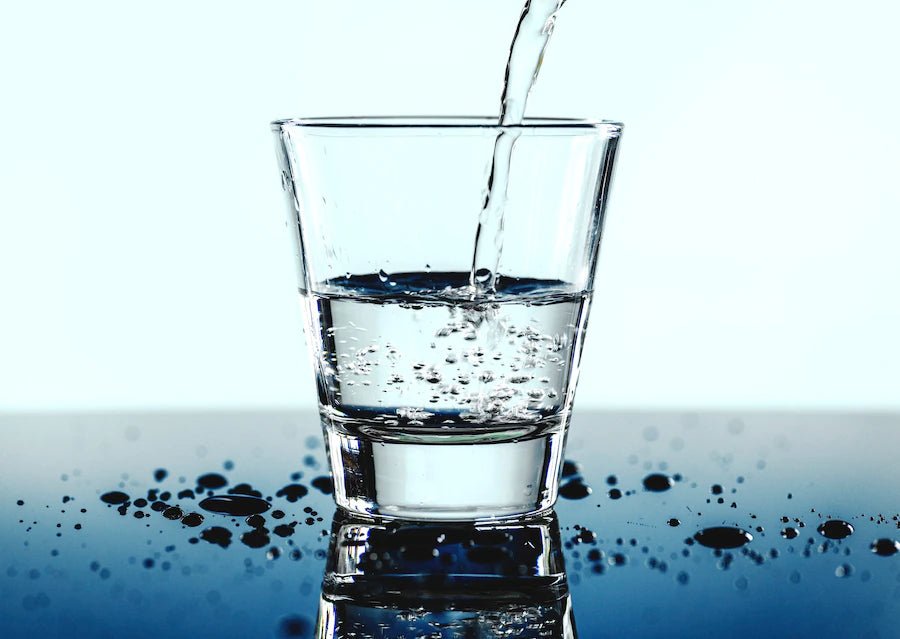Imagine this! You wake up and head to the kitchen to fetch some water. How would you react if it was smelly or weird-tasting? Not good! That’s because of the TDS Level or Total Dissolved Solids in the water.
The water in our home comes from different sources and has dissolved solids. However, the levels of dissolved solids vary depending on the source. For example, you will find high levels of TDS in groundwater.
This is because agriculture, urban runoff and soil contamination can quickly increase the TDS in groundwater. On the other hand, surface water from rivers and lakes is not trapped. Also, your plumbing system can contribute lead to the water, thereby increasing the TDS level.
Hence, safe RO water purifier systems are your best bet to lower TDS levels for a safe and healthy life.
What is TDS in water?
TDS stands for Total Dissolved Solids. These dissolved solids are the amount of organic and inorganic materials dissolved in a particular volume of water except the water molecule itself.
Hence, it is not only the number of solids but also metals and minerals. There are also some organic compounds like carbonates, bicarbonates, amino acids, sugar, urea, etc. The inorganic compounds include calcium, magnesium, sodium, sulfate, etc. This happens because water is a universal solvent that can dissolve various substances like molecules and other chemicals.
Hence, it would help if you bought a UV or UF TDS water purifier, depending on the TDS levels of water in your area.
Sources of Total Dissolved Solids
The source of TDS can be both—natural and artificial. Springs, lakes, and rivers absorb rock minerals such as calcium and potassium. Artificial sources include pesticides and fertilisers, chlorine from water treatment plants, etc.
Side-effects of high TDS
With a high TDS level, you will experience specific problems like the following -
- The unpleasant taste of water like salty, metallic, etc.
- Chronic diseases like kidney failure and weakened immunity.
- Mild symptoms like vomiting and dizziness.
- Mineral accumulation in plumbing - The taps in your kitchen sink and bathroom will start to lose shine.
- Unsuitable water for irrigation.
How to Recognise TDS in Water?
If you notice a white film covering the water taps in your kitchen or bathroom, there is chlorine contamination. Although the water's flavour won't change, it may cause the production of dangerous compounds called trihalomethanes.
You will develop a number of serious health issues, such as cancer and congenital disabilities if you drink this water. Additionally, if your drinking water has an odd flavour or odour, it probably has high TDS levels.
How much TDS is safe?
The Bureau of Indian Standards considers a TDS level of 500 ppm safe for consumption. Any figure higher than 1000 ppm is unsafe and detrimental to health. The TDS level of drinking water should not be below 70-80, as it would mean the water does not contain any minerals.
Also, in case of a TDS level higher than 2000 ppm, your water purifier will not be able to filter out impurities effectively.
If you drink water with high TDS levels, check the price of the TDS water purifier for the best deals on Livpure's website.
How is TDS measured?
1. TDS meter
The simplest and most effective method to check TDS levels is using a TDS meter. A TDS meter is a small, battery-operated handheld device with metal probes at one end. It measures the conductivity of the dissolved solids in water since the ions carry an electrical charge.
The TDS meter emits an electrical current and passes through the water. Then, the meter captures electrical conductivity and converts it into reading.
How to perform the test: Take the TDS meter, dip it in water, and wait until you get a reading. If the reading is 500 ppm, 500 dissolved ions and 999,500 water molecules are present in one million particles. Check Livpure water purifier price online to buy RO water purifier systems.
Pro-tip: You can check the longevity and efficacy of your safe water purifier's RO membrane using a TDS meter.
2. Filtration
One of the standard methods to calculate TDS levels is by using filter paper and a scale method. Gather the following things to start-
- Water sample
- A glass container
- Evaporating dish
- Filter paper
- A sterile stirring stick
- A pipette
- A weighing machine or scale
Before starting, you must weigh the evaporating dish which you will have to subtract later from the final reading.
How to perform the test:
- Take the water sample using a pipette.
- Stir the water continuously to ensure no solid particles settle at the bottom of the water container.
- Pour the water over a filter paper.
- Repeat this process twice or thrice to get maximum residue.
- Collect the residue on the filter paper and weigh it after drying.
Next, calculate the TDS level using this formula:
TDS level = (Final weight – empty evaporating dish weight) * 1000.
This value is per water sample in ml.
3. Conductivity meter
A conductivity meter uses electrical current to measure water's ability (resistance) to conduct electricity. If the electrical conductivity is higher, the TDS level is high. You will need a glass beaker, a water sample and an electrical conductor.
How to perform the test: Pour the water sample into the beaker and turn on the electrical conductivity meter. Put it inside the water sample and wait for a few seconds. You might encounter fluctuations in the beginning, but they will soon stabilise.
This reading is in micro siemens. This reading is inversely proportional to water purity.
Wrapping Up
Everyone is aware that water is a necessity for all living things. As a result, we must make sure we are drinking clean water. To confirm that, check the TDS levels. On the other hand, neither a low TDS level nor a high number necessarily indicates that the water is safe for consumption.
Water with a lower TDS level might still be contaminated. Therefore, one of the things you must do to ensure water quality is to check TDS levels. To further check the purity, you can purchase a home water test kit or have a lab analyse the water.
These tests reveal the type of TDS present in your water. Hence, you can filter out the impurities using a safe water purifier or other filtration methods like boiling.



